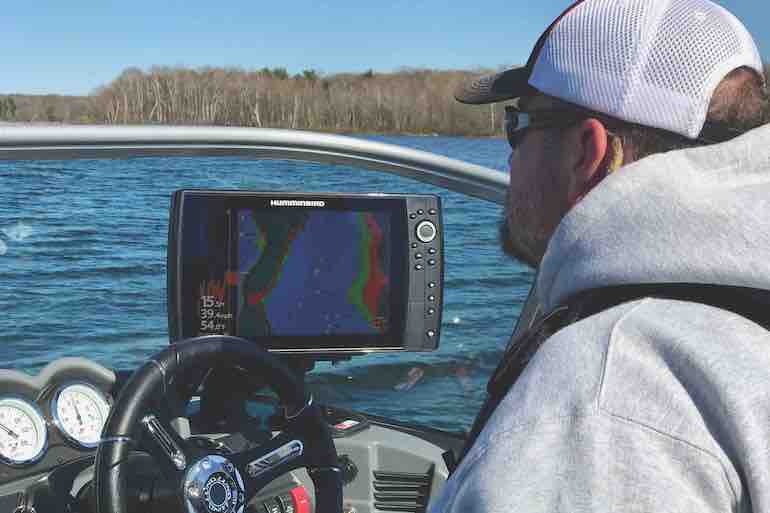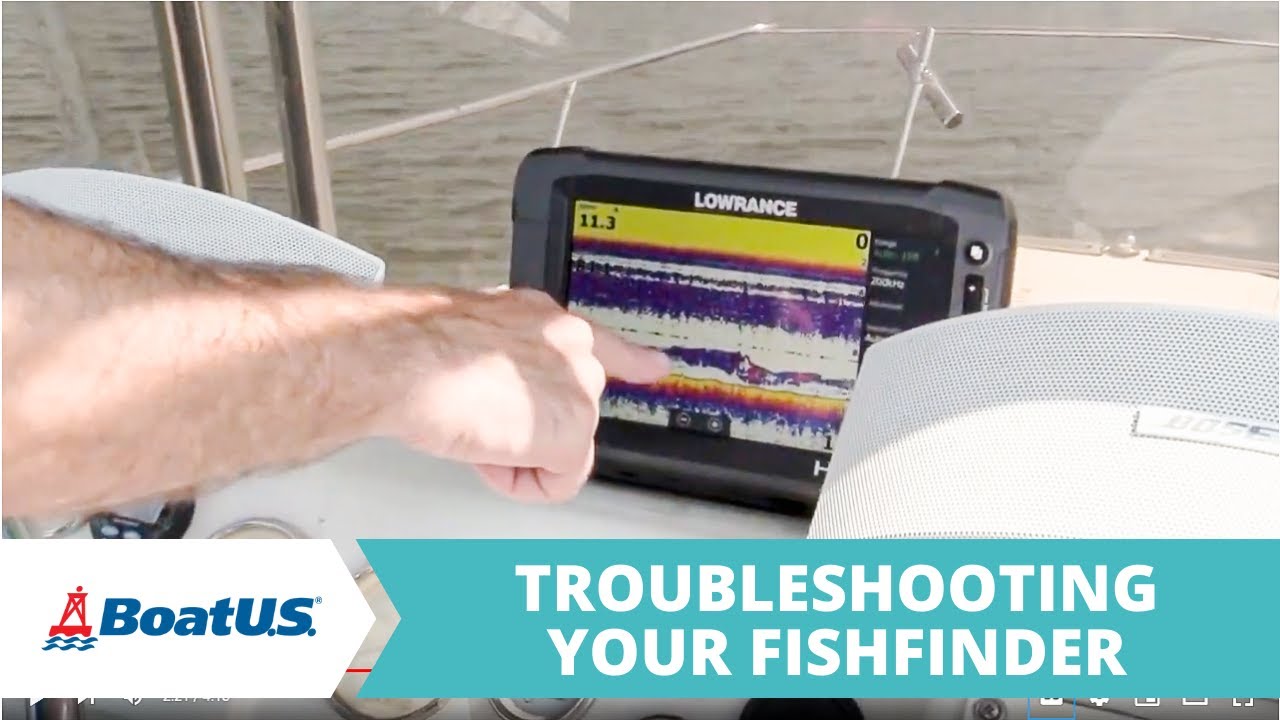Last updated on September 1st, 2023 at 04:57 pm
Last updated on September 1st, 2023
Fish finder problems can be resolved by troubleshooting common issues such as faulty wiring, incorrect settings, or a damaged transducer. By following these steps, you can quickly identify and fix any fish finder problems, ensuring optimal functionality and accurate fish readings.
Common Issues With Fish Finders
Fish finders can encounter various issues that affect their performance. One common problem is interference from other electronic devices. This can result in inaccurate depth readings and difficulty in reading the display. Interference from nearby gadgets can disrupt the sonar signals, leading to misleading information about the underwater terrain.
Additionally, fish finders may struggle to provide clear and precise depth measurements due to external interference. Navigating through menus and interpreting the display can also be challenging, especially for beginners. The cluttered layout or low-quality screens hamper the visibility of the information displayed.
Despite these problems, proper troubleshooting techniques and separating the fish finder from other electronic devices can help alleviate these difficulties. Improving the overall performance and accuracy of fish finders can greatly enhance the fishing experience for enthusiasts.
Troubleshooting Interference
Troubleshooting interference with your fish finder is crucial for accurate results. Eliminate nearby sources of interference to enhance performance. Adjusting the frequency settings can also help minimize disruptions. Consider using a filter to reduce interference even further. By following these steps, you can overcome fish finder problems and enjoy a more efficient fishing experience.
So, analyze your surroundings, make necessary adjustments, and optimize your fish finder for optimal results. Remember, a clear and interference-free signal is key to unlocking the full potential of your fish finder. Happy fishing!
Troubleshooting Depth Readings
Fish finder problems can often be resolved by troubleshooting depth readings. One important step is checking the transducer position to ensure proper connection. Verifying the depth settings is another crucial task to avoid inaccurate readings. Additionally, it is essential to clear any debris or obstructions that may interfere with the fish finder’s performance.
A misplaced or dirty transducer can lead to incorrect depth readings, resulting in frustration for the user. By following these steps, users can address common issues and ensure accurate depth readings from their fish finders. So, proper troubleshooting techniques are necessary to overcome fish finder problems and improve the accuracy of depth readings.

Credit: www.catfishedge.com
Troubleshooting Display Issues
Having trouble with your fish finder display? Start by adjusting the brightness and contrast settings for better visibility. Clean the display screen regularly to remove any dust or fingerprints that may be causing issues. Don’t forget to check for firmware updates, as outdated software can lead to display problems.
Keep your fish finder functioning optimally by taking these troubleshooting steps. Improve your fishing experience with a clear and accurate display.
Advanced Troubleshooting Techniques
Fish Finder Problems can be frustrating, but with advanced troubleshooting techniques, you can easily resolve them. Start by calibrating the fish finder properly to ensure accurate readings. Test different locations and depths to identify any interference or signal issues. If the problems persist, don’t hesitate to seek professional assistance.
Experienced technicians can provide expert advice and fix any underlying issues with your fish finder. By following these steps, you’ll be able to overcome common challenges and enjoy a seamless fishing experience with your fish finder. Let’s dive into the details of troubleshooting fish finder problems.
Frequently Asked Questions On Fish Finder Problems
How Do I Know If My Transducer Is Bad?
To determine if your transducer is bad, check for any physical damage or wear, test it with a different device, and listen for any unusual sounds or poor performance.
Why Doesn’T My Fish Finder Work?
Your fish finder may not work due to incorrect settings, low battery, faulty transducer, or obstructions in the water.
Why Won T My Fish Finder Read Depth?
A fish finder may not read depth due to issues with the transducer or interference from other electronics.
Should A Fish Finder Be Wired Directly To The Battery?
Yes, it is recommended to wire a fish finder directly to the battery for optimal performance.
Conclusion
Dealing with fish finder problems can be frustrating, but with the right knowledge and troubleshooting techniques, these challenges can be overcome. Regular maintenance, such as cleaning the transducer and checking for software updates, can help ensure the proper functioning of your fish finder.
It is also important to consider the environmental factors that may affect the performance of your device, such as water turbulence or debris in the water. If you are experiencing technical issues, reaching out to the manufacturer’s customer support or consulting online forums can provide valuable solutions.
By understanding the common problems and implementing proactive measures, you can maximize the functionality and accuracy of your fish finder, allowing for a successful and enjoyable fishing experience. So, don’t let fish finder problems deter you from exploring the depths and reeling in those prized catches.
Happy fishing!




